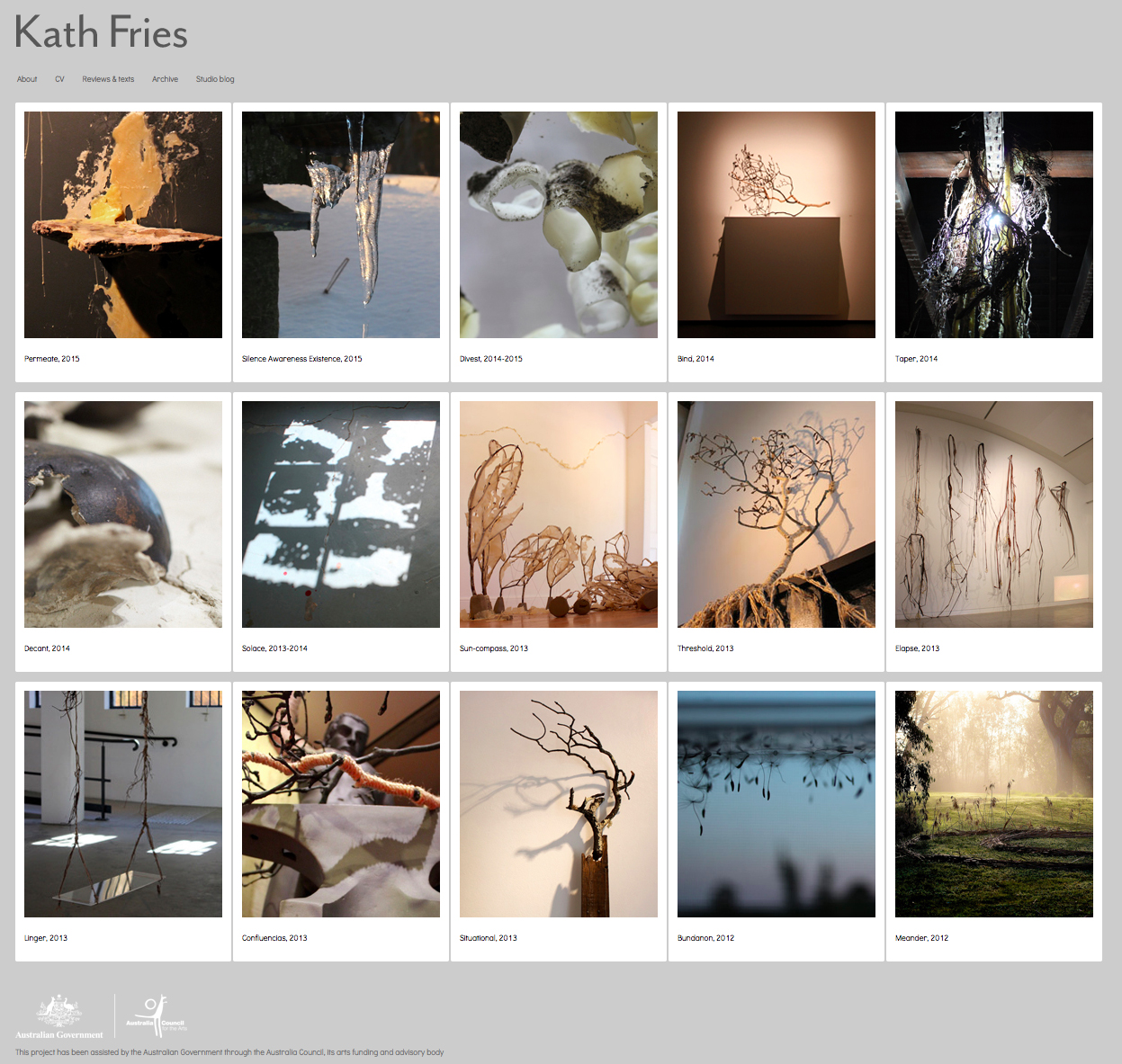 |
| Detail view of eroding stone wall, Arthur's Head, Fremantle WA |
Layers of history run deeply within these restored surfaces. Colonial attitudes of staking claims of ownership; indiscriminate exploitation, decimation and dispossession of the local Indigenous population; prisoners subjected to cruel punishments and deprivations; and the harsh exploitation of free convict labour, were all key factors in building these structures and form the history of this place. Such uncomfortable past complexities are enmeshed in the materiality of Fremantle's heritage, constantly rising to the surface in various ways - they can't and wont be ignored or plastered over. The visible materiality of these walls, made of local stone, tell actual stories of their creation through their geology and convict pick marks, as well as suggesting permeating metaphors for other histories that are more immaterial or usually hidden from view.
The past always manifests in how we experience the present, but often this is more apparent to us in historical locations that we can touch, identify and measure with names, dates and written records. Ceaseless human efforts to restore and repair erosion and weathering always interest me, in both old buildings and new. But there is something particularly poetic in these futile, valiant efforts to continually patch up the old stone heritage structures in Fremantle - some of the walls appear to be more mortar than stone. Worn away from weathering inside and out - floods, rising damp, unstable ground and changing sea levels are altering them internally, as much as the sun, wind and rain wear away their external surfaces. These fragile old textures have a fascinating vitality to them, the act of restoring and repairing demonstrates value and respect for materials, architecture, craftsmanship and history.
 |
| Sunset at Bathers Beach, Fremantle |
My interest in impermanence and the passage of time manifests in the porousness and tactility of the materials I work with. Exploring how a material, object or experience can straddle more than one state of being and seemingly exist in more than one place at a time, is a leading premise in my practice. This porousness and flux is resonating throughout my experience of being in Fremantle, particularly at the end of the day when I walk down the road to the artificial harbour and man-made groynes, and watch the sunset over the expansive horizon of the Indian Ocean. Dusk is a magical part of the day, bookending a regular and particular passage of time with a spectacular change from daylight to colourful brilliance followed by twilight and the darkness of nighttime. The sunset colours are beautiful, but it is the rhythm and changing cycle of watching the sun set in this location almost everyday, and everyday different, which manifests in a profound and poetic way of contemplating our days, even as time constantly slips between and beyond those idealised measuring containers we try to keep it in.
 |
| Sunset at South Mole Lighthouse, Fremantle |
The futility of chasing, trying to capture and hold onto things that change, is a constant activity in our lives. We try continuously to make objects, monuments and buildings that will last, we grasp onto moments and things that will all inevitably change and fade. But it is because they change and fade that these moments are beautifully impermanent and yet we want to cling to them and hold them still. My snapshots of sunsets echo this notion of futility, of trying to grasp the fleeting moment of beauty - even as it fades from view - to be remembered in a trace of digital pixels, which will soon become overlaid, irrelevant and ubiquitous.
 |
| Sunset at Arthur's Head, Fremantle |






















%2BWhite%2C%2BBRANCH%2B3d.jpg)

















.jpg)













